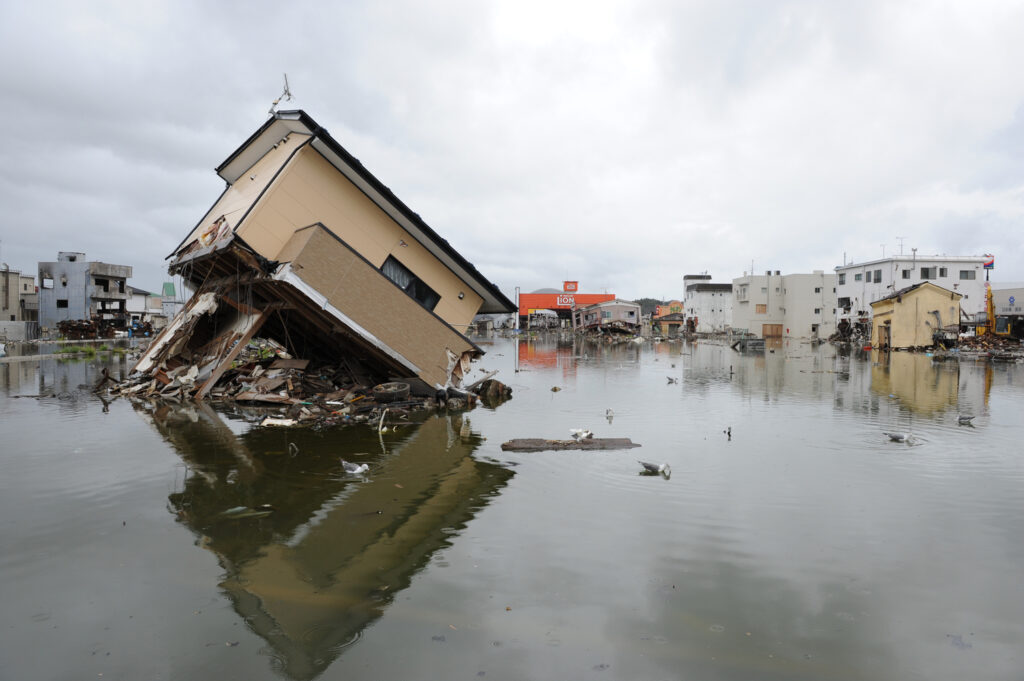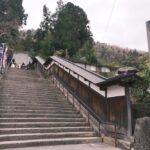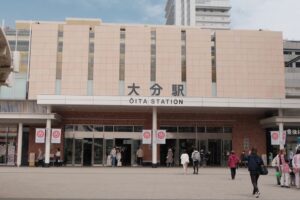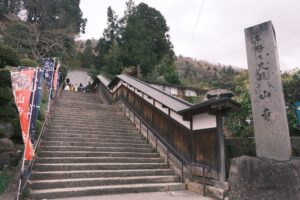The recent news of the Noto Peninsula earthquake and tsunami has made many travelers uneasy, while international media praised Japan’s quick response and ability to minimize disaster impact. Although no one ever wishes for disasters, the reality is that Japan lies on the Pacific Ring of Fire, making it prone to natural hazards—especially tsunamis. In fact, the English word “tsunami” is directly borrowed from Japanese, meaning “harbor wave.” While many people may be familiar with earthquakes, knowledge about the dangers of tsunamis and how to respond is often less understood. This article introduces why tsunamis occur so frequently in Japan and how to stay safe if one strikes.
Why Are Tsunamis So Common in Japan?
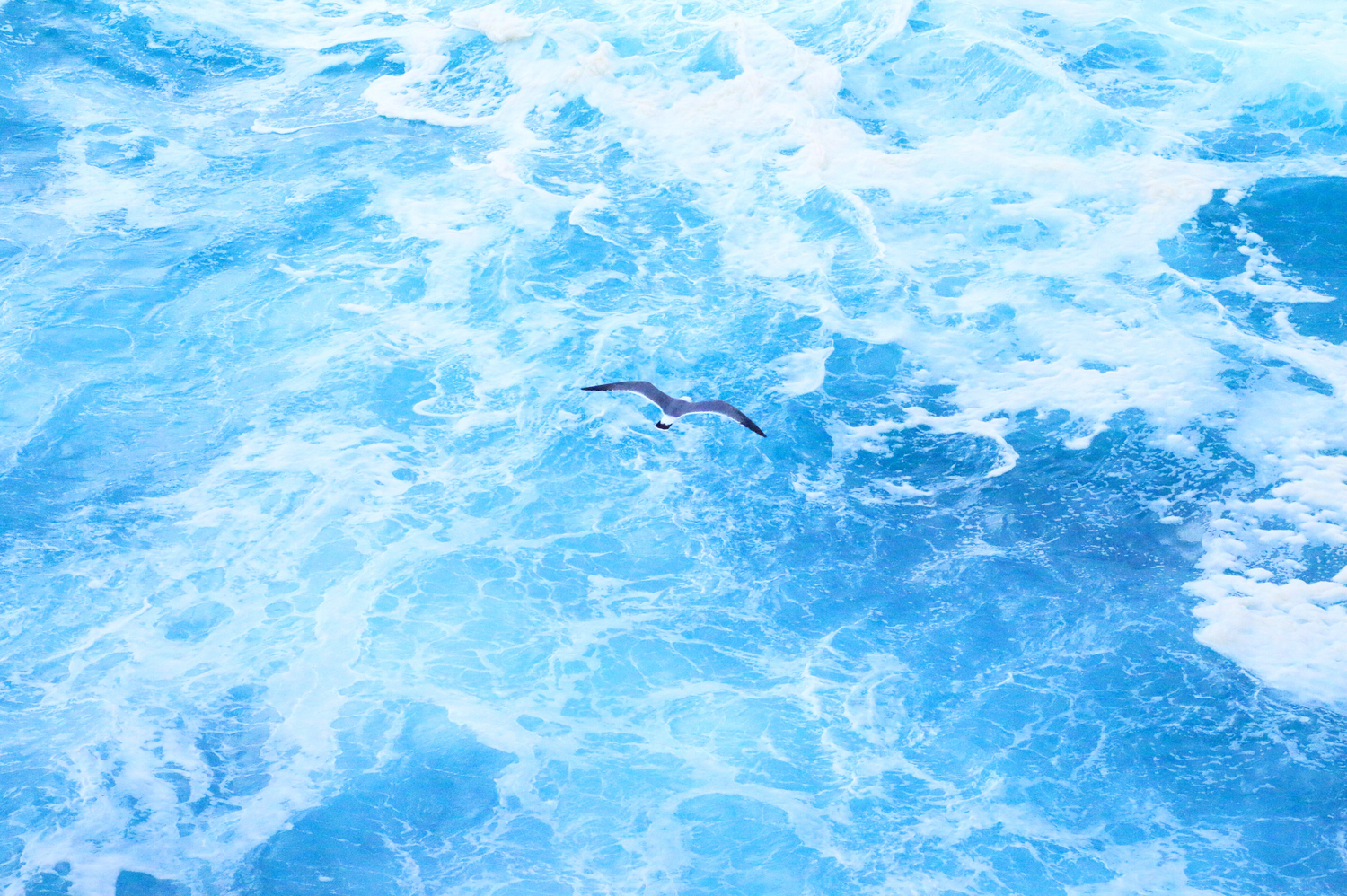
Japan is one of the most earthquake-prone countries in the world. It sits at the junction of four tectonic plates: the Eurasian, Pacific, Philippine Sea, and North American plates. Their constant collision and movement cause frequent seismic activity.
When an earthquake occurs under the sea, the seabed may suddenly rise or sink, displacing large volumes of water and generating a tsunami. Surrounded by ocean and due to its unique geography, Japan is highly vulnerable to these waves, which can reach its coastlines quickly and frequently.
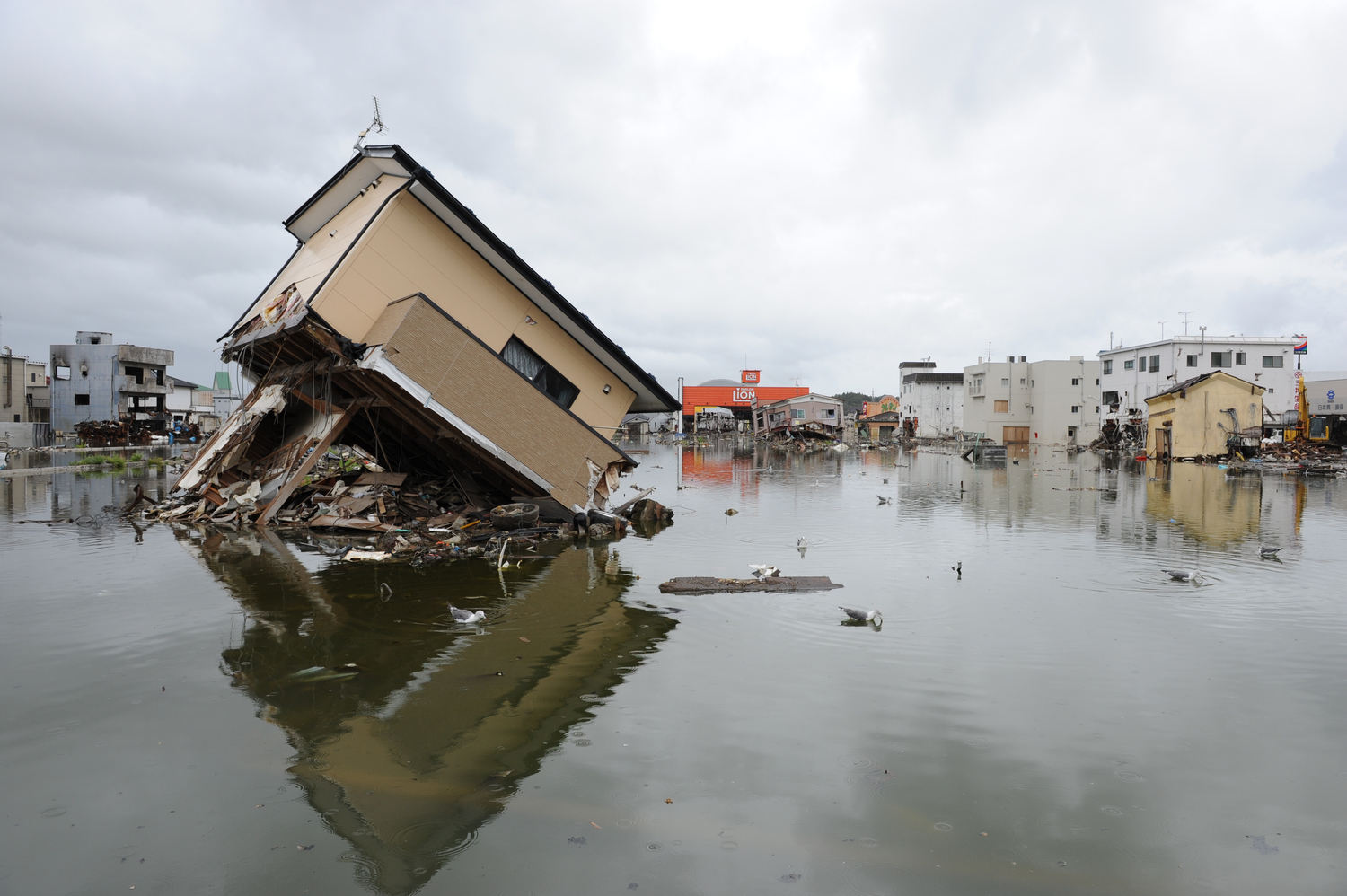
During the March 11, 2011 Great East Japan Earthquake, the tsunami caused far more casualties and damage than the earthquake itself. For anyone in Japan, it is therefore essential not only to know how to respond to earthquakes but also to understand what to do in the event of a tsunami.
Japan’s Advanced Tsunami Prediction Technology
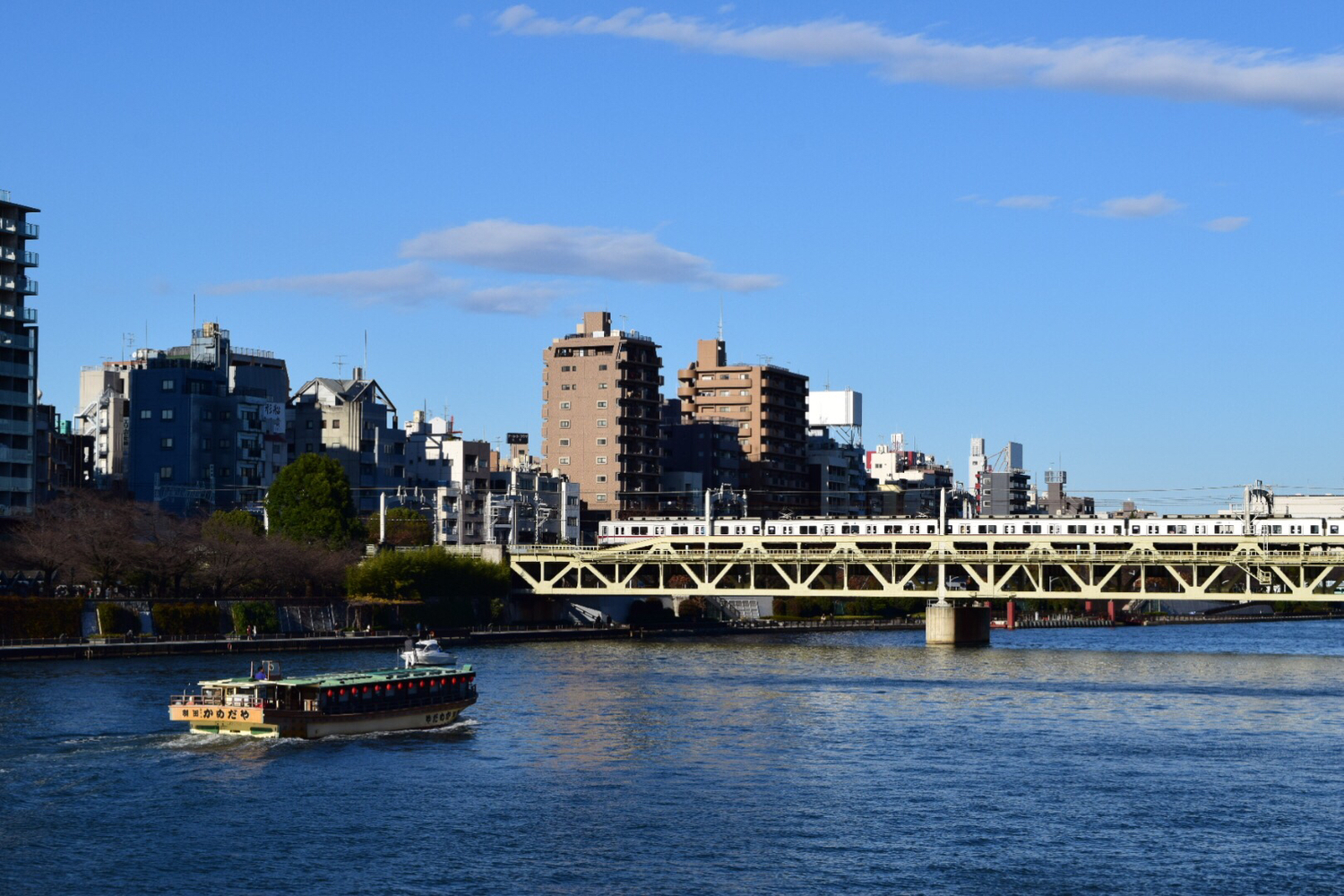
To manage this ongoing threat, Japan has developed some of the world’s most advanced tsunami warning systems. Since 2004, GNSS buoys have been deployed to precisely measure sea-level fluctuations, integrated with the nationwide NOWPHAS wave monitoring network. Another key system is DONET (Dense Oceanfloor Network System for Earthquakes and Tsunamis), which uses seafloor pressure gauges and seismometers for fast, reliable data transmission. After the 2011 disaster, Japan built the S-net (Seafloor Observation Network for Earthquakes and Tsunamis) with 150 observation stations, advanced instruments, and AI algorithms to deliver accurate and timely tsunami warnings.
What to Do if a Tsunami Strikes While Traveling in Japan
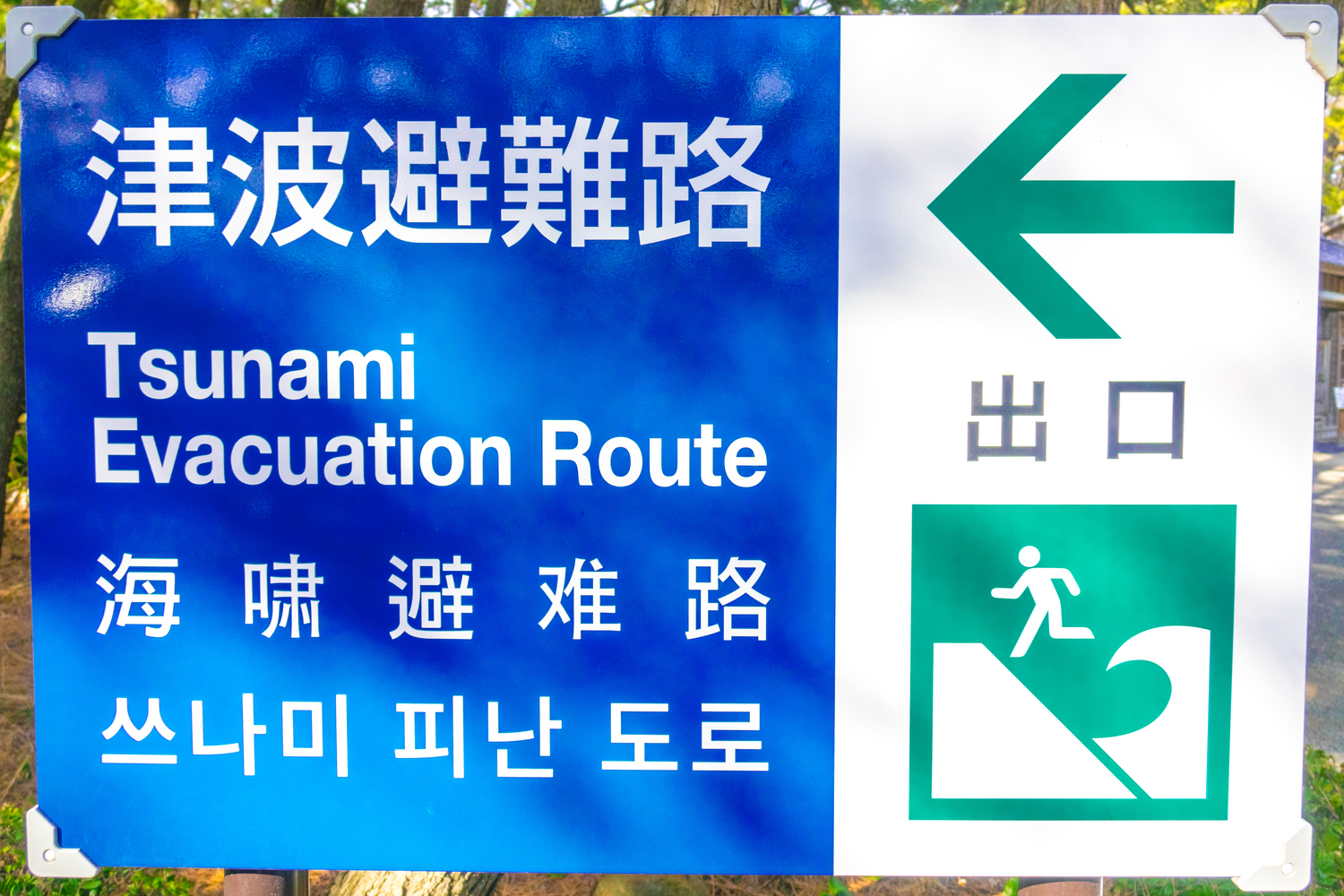
If you are visiting Japan, knowing how to stay safe during a tsunami is crucial. First, familiarize yourself with evacuation routes and designated shelters in your area. Most coastal cities in Japan clearly mark these with tsunami evacuation signs, and recognizing them should be a top priority for travelers.
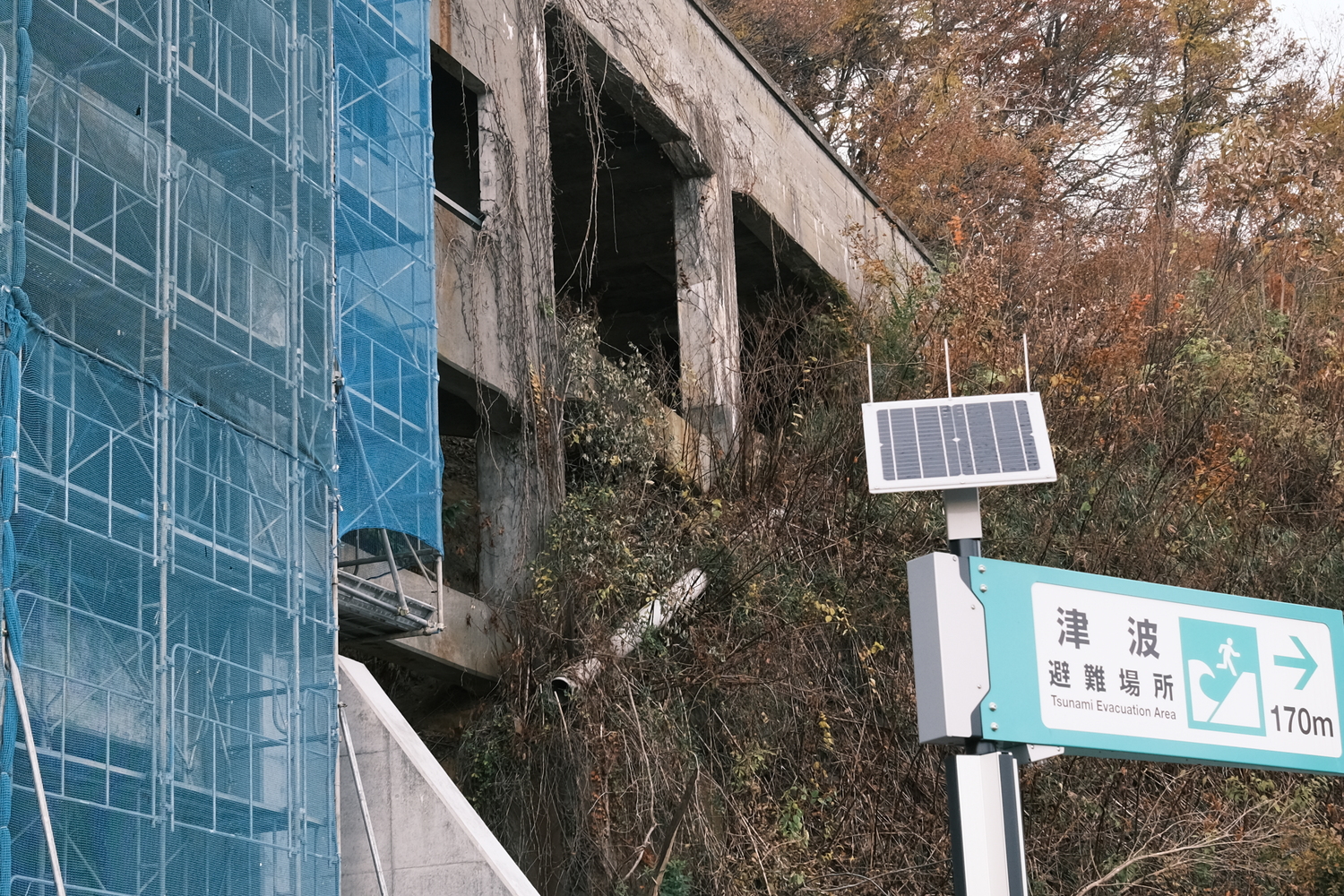
Next, pay attention to safety information and alerts from local governments or your hotel. If a tsunami warning is issued, evacuate immediately to higher ground or an indoor shelter—do not wait until you see the waves coming.
Concerned about language barriers? Before traveling to Japan, download the Japan National Tourism Organization’s disaster prevention app “Safety tips”. It provides real-time alerts and safety information in multiple languages, making it an essential tool for international visitors.
By preparing and staying informed, you can enjoy Japan’s incredible beauty while ensuring your safety during unexpected natural disasters. Knowledge and readiness can make all the difference.

